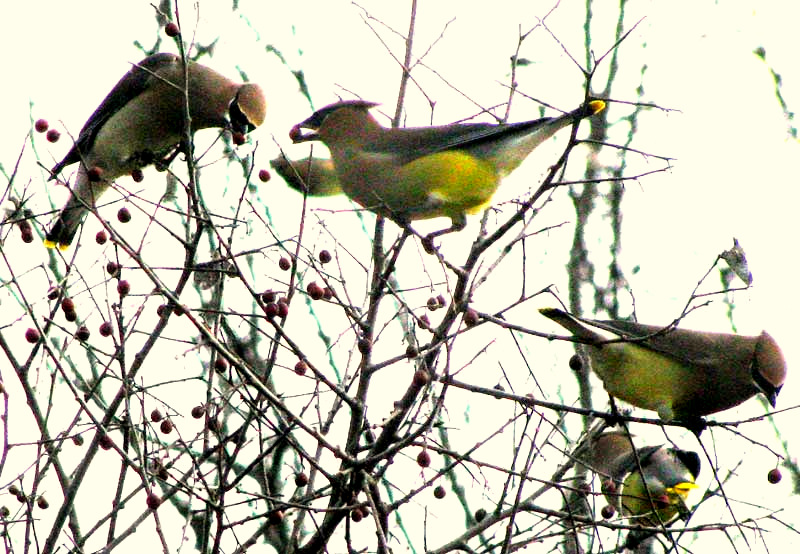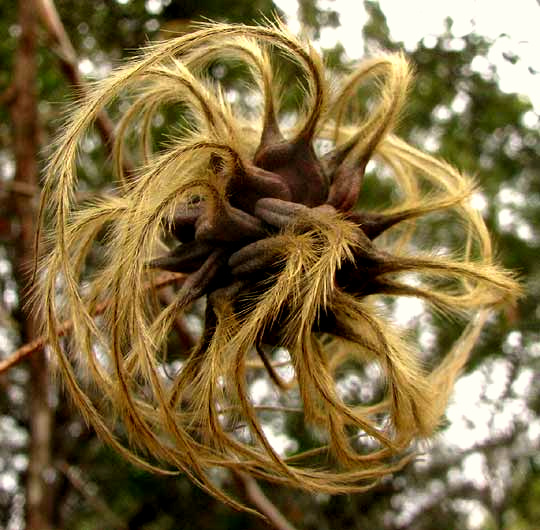#1, at the supermarket with your grandmother: It's the sweet, fleshy product of a tree or other plant containing seed, and which can be eaten, such as cherries and apples.
#2, in biology class: It's the seed-bearing product produced by flowering plants. It's developed from a flower's ovary or an ovary's carpel.

At the right, that's a cut-open tomato flower's ovary showing three locules, each kicyke bearing numerous tiny ovules which will develop into seeds. Botanically, tomatoes along with pumpkins and peanuts are fruits.
Above you see a fruit's life story. It started out as an ovary inside the flower, shown as "a" in the above picture. At "b", after pollination and fertilization, the flower's petals are shriveling up as the still-unseen ovary grows. At "c"the still-enlarging ovary begins to look like a bean pod. The pod's future seeds (peas) cause the pod's sides to bulge. The old, dried-up corolla remains stuck on the pea's nose. At "d", a ripened pea pod has developed, and that's our fruit. At "e", one side of the pod has been removed, revealing peas inside it. All that's needed now is to shell the peas, cook them with some dumplings, and eat them!

In Nature, fruits have two main jobs:
First, they are the means by which a plant's seeds can come into being, and then have the seeds transported to a location where they can germinate and become new plants. In the picture, Cedar Waxwings are swallowing hackberry fruits. When the birds chuck up the seeds somewhere else, the fruit's job will have been accomplished.

Second, the tree species producing fruits and seeds will have co-evolved with all the other organisms in its local ecosystem. In that ecosystem, each species receives what it needs, and contributes what's needed by other species. Fruits and seeds are eaten by many organisms, as normally many more fruits and seeds are produced than are needed.
So many kinds of fruits in so many sizes, shapes and configurations exist, and they are so interesting and fun to know, that it helps to organize our minds about them. For example, in the accompanying picture, what's going on there? We see a fruit or fruits of the Scarlet Clematis, Clematis texensis, but which part is the fruit, and why do those long, curved, fuzzy things exist?
One way to begin thinking about fruits in general is to consider The 3 Main Types of Fruit.
